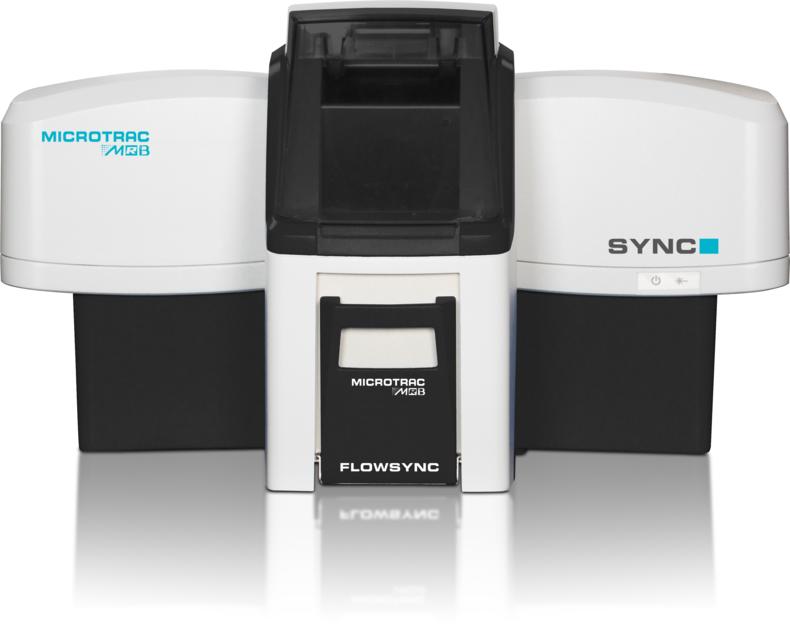

The laborious nature of sedimentation techniques means that in most studies only a few points on the particle size distribution are measured, usually those corresponding to subjectively derrived thresholds between clay, silt, fine sand, and coarse sand. ).Įven though the sieve-hydrometer method greatly simplified sedimentation PSA, it is still time consuming requiring multiple steps over several days. The differences between these two approaches have been extensively studied (e.g. These are the sieve-pipette method that measures a weight concentration and the sieve-hydrometer (or sieve plummet balance) method that measures the suspension density. Two broad techniques for soil particle size analysis (PSA) have been developed using Stokes’s Law. Sedimentation in water has been used as an empirical technique to separate soil into different particle sizes since at least 1708, while the use of Stokes’ Law to calculate sedimentation times for a range of particle sizes is known to have been used as early as 1904. The funders had no role in study design, data collection and analysis, decision to publish, or preparation of the manuscript.Ĭompeting interests: The authors have declared that no competing interests exist. This is an open access article distributed under the terms of the Creative Commons Attribution License, which permits unrestricted use, distribution, and reproduction in any medium, provided the original author and source are credited.ĭata Availability: All relevant data are within the paper and its Supporting Information files.įunding: The research was undertaken with funding from the Victorian Department of Economic Development, Jobs, Transport & Resources. Received: JanuAccepted: ApPublished: May 4, 2017Ĭopyright: © 2017 Fisher et al. PLoS ONE 12(5):Įditor: Aristides Docoslis, Queen's University at Kingston, CANADA

The many advantages of laser diffraction for soil particle size analysis, and the empirical results of this study, suggest that deployment of laser diffraction as a standard test procedure can provide reliable results, provided consistent sample preparation is used.Ĭitation: Fisher P, Aumann C, Chia K, O'Halloran N, Chandra S (2017) Adequacy of laser diffraction for soil particle size analysis.

The results suggested that the laser diffraction equivalent thresholds corresponding to the sieve plummet balance cumulative particle sizes of < 2 μm, < 20 μm, and < 200 μm, were < 9 μm, < 26 μm, < 275 μm respectively. In this study we used Lin’s concordance correlation coefficient to determine the equivalence of laser diffraction and sieve plummet balance results. There are well known reasons why sedimentation methods may be considered to ‘overestimate’ plate-like clay particles, while laser diffraction will ‘underestimate’ the proportion of clay particles. These differences were found to be marginally statistically significant in the Podosol topsoil and Vertosol subsoil. Results from statistical analysis suggested that the use of sample pretreatment to remove soil organic carbon (and possible traces of calcium-carbonate content) made minor differences to the laser diffraction particle size distributions compared to no pretreatment. It was found that repeatable results were obtained even if measurements were made at the extreme ends of the manufacturer’s recommended obscuration range. Initially, a precise wet riffling methodology was developed capable of obtaining representative samples within the recommended obscuration range for laser diffraction. In this study, the sedimentation based sieve plummet balance method and the laser diffraction method were used to measure the particle size distribution of 22 soil samples representing four contrasting Australian Soil Orders. However, for the particle size analysis of soils, which have a diverse range of both particle size and shape, laser diffraction still requires evaluation of its reliability. In recent years laser diffraction is beginning to replace sedimentation as the prefered technique in some industries, such as marine sediment analysis. Sedimentation has been a standard methodology for particle size analysis since the early 1900s.


 0 kommentar(er)
0 kommentar(er)
